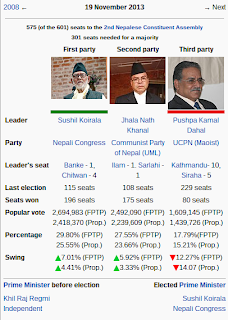| English: Red Pinterest logo (Photo credit: Wikipedia) |
Silbermann got a job in Washington DC as a consultant. He was basically putting together spreadsheets. His girlfriend tired of his talking about wanting to do a tech startup. Finally she said, either we move to Silicon Valley, and you do it, or you stop talking about it. I will support you, she said. So they moved. Not only she gave the big nudge, but also the big idea. The image centered website was her idea. The pinboard was her idea.
But it was no easy take off. Silbermann claimed he had the WiFi password to pretty much every cafe in the Valley. He had approached every known VC around there. It was tough. Today Pinterest feels so obvious. It has the feeling of having hit the bull’s eye.
Early on the company was using an apartment because it could not afford office space. At one point Silbermann tried to sell off the company at what would today be considered a weirdly low price. But he failed to sell.
After launch, he reached out to every friend he had in the Valley hoping they would become avid users, but noone seemed to “get it.” He had to make do with his early users in Iowa. For nine months the user base was really, really low. He personally wrote to his first 5,000 users.
But those using the site were really, really engaged. That deep engagement was a good sign. Also, although the user base early on was small, it seemed to double every month. That is why there was a spike after nine months.
After Pinterest had already established itself as a successful company, Silbermann said if he were to now apply to work at the company, he probably would not be hired. That was a modest thing to say. But maybe not. Maybe he had a point. Hire people smarter than you is a mantra many successful tech entrepreneurs seem to follow.
Pinterest by now is the stuff of legend. Its success is a reward to out of the box thinking. But you also have to note, Silbermann did not invent the pinboard. He simply took it to the web. All old industries similarly are waiting virtualization. Looked at that way, it feels like recycling, rather than a bolt of genius. But the success is there for all to see.
I am a Third World Guy. A million dollars is a lot of money to me, but a billion is more. Pinterest hit billions in valuation right before my eyes. For that matter, I met the two FourSquare founders before they had raised any money. FourSquare has also approached a billion dollars in valuation. It feels to me like it happened right before my eyes. I met another early stage team a few years ago that sold for $29 million last year. It feels like it happened fast.
The web is the wild, wild west today. Software will keep eating the world, to echo the Netscape founder. There are enormous inefficiencies everywhere you look around. There is so much work to do.
Pinterest also made a major blind spot spotting in that the site was an early success among women. There was something about the image focus, and pinboarding that a lot of women seemed to have found really appealing.
I have to admit, I have still not learned to use Pinterest. I mean, I have had an account for a while. But it is more like a flag holder. I have still not figured out how to make Pinterest part of my daily life, like Twitter is. I guess it takes some practice. Maybe there are blog posts out there I need to read on how to make the best use of Pinterest.
Some women have called Pinterest their Google. It is how they find stuff on the web. Pinterest has been sending more traffic to a ton of websites than Facebook. It is a search engine to a lot of people, apparently. That is as good as it gets on the web.
Did you google it? Did you pin it? Both those questions are grammatically correct.









